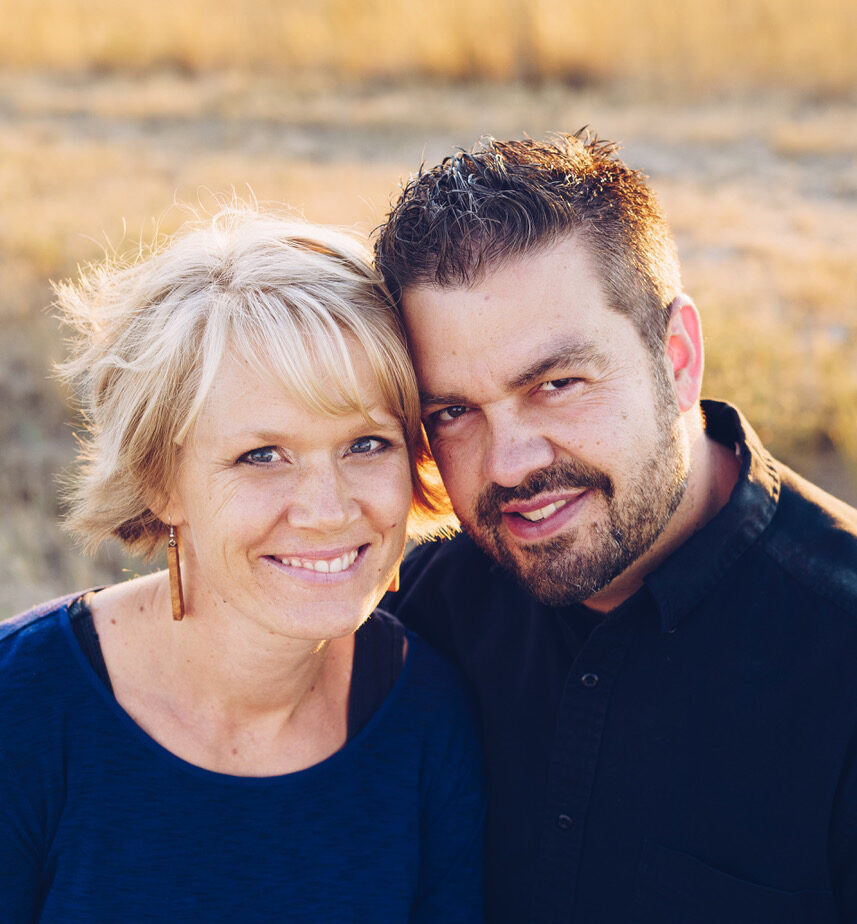 (A Note From Jesse Jost)
(A Note From Jesse Jost)
I recently read Pagan Christianity?: Exploring the Roots of Our Church Practices. This book is over 10 years old but has had a large impact in areas of the church, especially with those disgruntled with their church or those seeking more from their church.
The church as a whole is in need of revival (as it always is). Tradition often produces ideas and practices that become accepted and promoted without people stopping to consider if these ideas are supported in scripture. In the 1500s, the visible, institutional church had become so corrupted and the spiritual life was squelched by tradition and human ambition. Martin Luther and many other reformers took a bold stand for truth and left the institutional church, and, in many cases, gave their lives to pursue the rediscovery of church as they believed it was revealed in Scripture.
Five hundred years later the church has taken thousands of different forms, and any given Sunday you will encounter many different expressions of what Christians believe worship and fellowship should be. Many feel that the Protestant church has again strayed from the biblical ideal and has decayed into a spiritually dead institution, with church members merely going through lifeless rituals. Again, thousands are leaving the “institutional church” in search of something “organic” and uncluttered by tradition.
People are forming house churches, or even exploring more radical ideas of how Christ’s body should assemble. I was a part of a house church for eighteen years; the ideas Viola expresses in this book shaped many of our practices. I loved being a part of that group and was an avid apologist for doing church face-to-face in a circle, without paid clergy, bulletins, Sunday school, budgets, or elections.
In the last couple of years, we felt called to serve in a more traditional small town Evangelical Free church that has a paid pastor, beautiful building, Sunday school, budgets and annual meetings. We love our current church as well. Being actively involved in both styles of church has given us a front row seat to the strengths and weakness of both approaches.
I’m still on a journey and forming my own ideas about what Church should look like. I plan to write more, but for now I can say I appreciate many of the authors’ concerns about lack of spiritual life in many modern churches. There are serious problems in the church such as pastor burnout and passivity among members. But I’ve also seen, as many who have left the institutional church have found out, that getting rid of pastor, building, budgets, and bulletins, does not change the sin nature or the people problem.
A change of methods does not change the heart. There is no substitute for spiritual regeneration, humility, kindness, forgiveness, and abiding in the Vine and letting His Word change us. If our Christianity is real from Monday to Saturday, then Sunday can be enriching and Christ-exalting in many different forms, including one that has a paid pastor and building.
My long-time friend Jacob Denhollander (who is married to Rachael Denhollander, one of Times magazine’s 100 most influential people), heard I read this book recently and sent me the review he wrote a couple years ago. I enjoyed it so much and found it so insightful, not just for those who have read the book, but for the church conversation in general. He gave me permission to share it here. Fair warning: Jacob’s a PhD student, so you will find the writing far more intelligent than what you normally read on this blog. Enjoy!
—————————————
Pagan Christianity
A Book Review
by Jacob Jonathan Denhollander
April 10, 2015
Barna, George, and Viola, Frank, Pagan Christianity?: Exploring the Roots of Our Church Practices. Barna Books, 2008. 295 pp.
Introduction
One of the surprise Christian bestsellers in recent years is a book entitled, Pagan Christianity?: Exploring the Roots of Our Church Practices. In this revised and expanded version, noted Christian pollster George Barna joins original author Frank Viola as co-author. The authors set out to examine how the practices of modern institutional Christianity developed and compare those practices against the example of first century Christian practices. This review will focus primarily on chapters 4 & 5, which deal with the place of the sermon and the role of the pastor, respectively. More than any others, these two chapters get to the heart of Viola and Barna’s objections to ‘institutional Christianity’. This more focused approach has been chosen because it will allow for a deeper examination of the claims and methodology used in those chapters, rather than lightly touching on the contents of each chapter. The contents of these two chapters will be summarized, and then evaluated. Both positive claims (What church should look like) and negative claims (What church should not look like) will be evaluated. In addition, the methodology of the authors will be briefly discussed. Continue reading…




 by Jesse Jost
by Jesse Jost by Jesse Jost
by Jesse Jost Dear Jesse, snuggling with your beautiful wife on the couch in the last hours of 2017:
Dear Jesse, snuggling with your beautiful wife on the couch in the last hours of 2017: By Jesse Jost
By Jesse Jost (A Note From Jesse Jost)
(A Note From Jesse Jost) By Jesse Jost
By Jesse Jost
Great thoughts Jesse. …”.Prone to wander…prone to leave the God I love, Here’s my heart Lord, take and seal it, seal it for Thy courts above!” ….so yes. Lord Jesus , be Thou my vision. Keep my attention on You!” The Author and Finisher of my Faith.